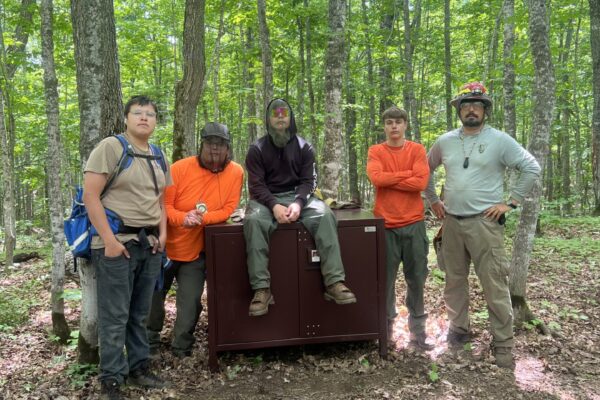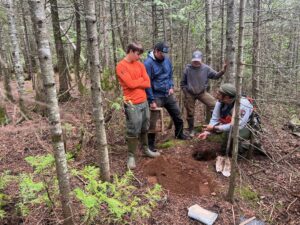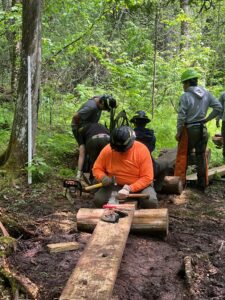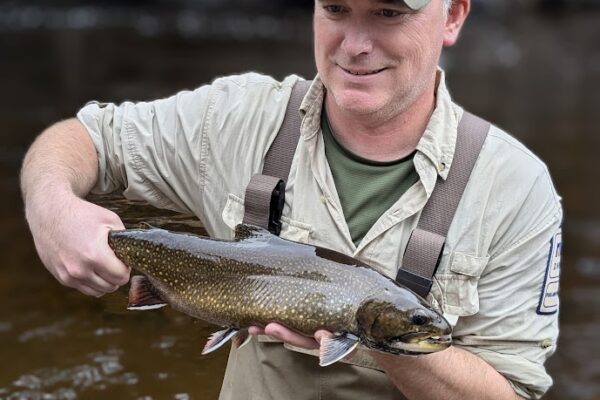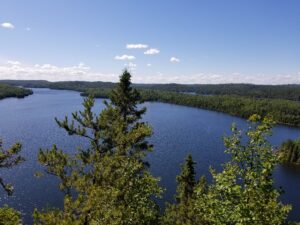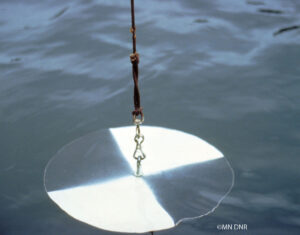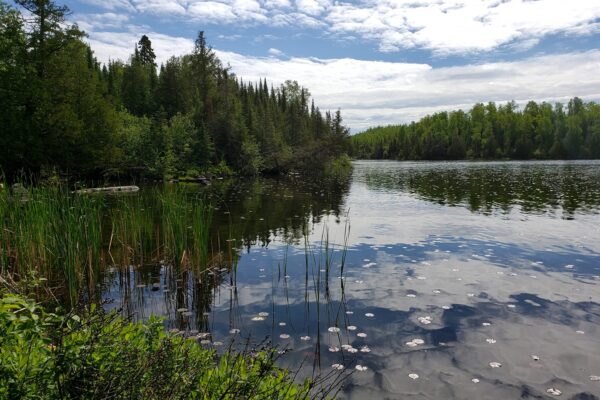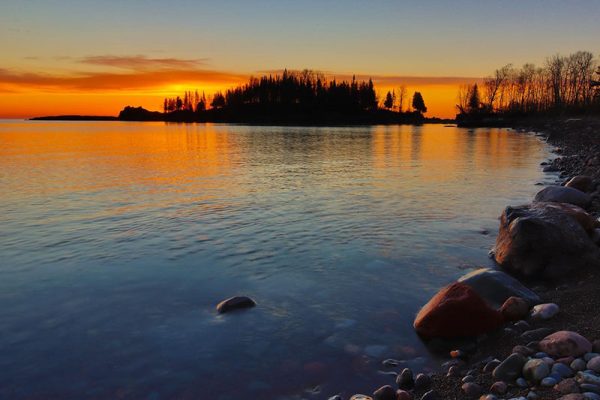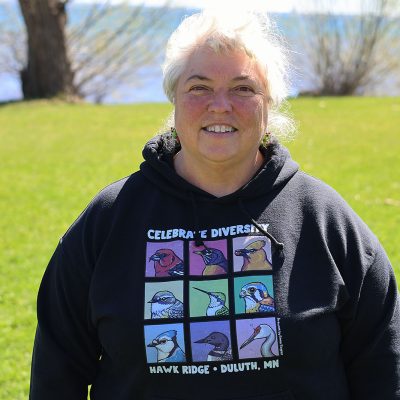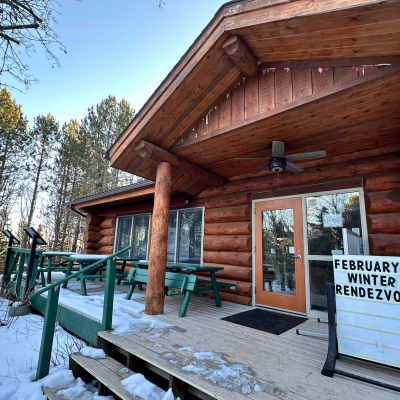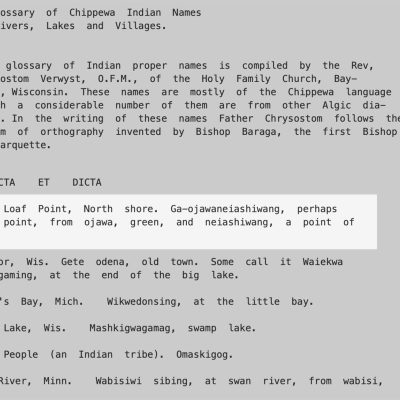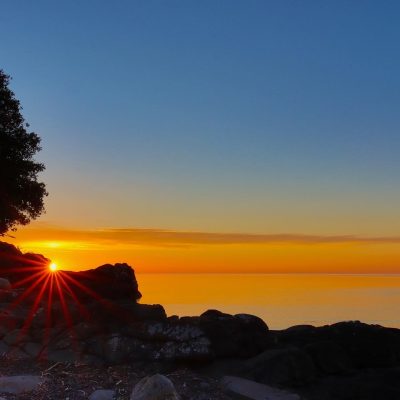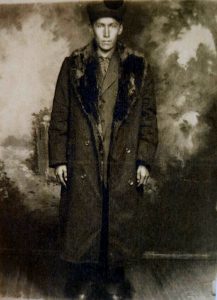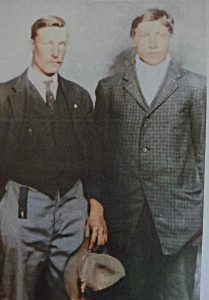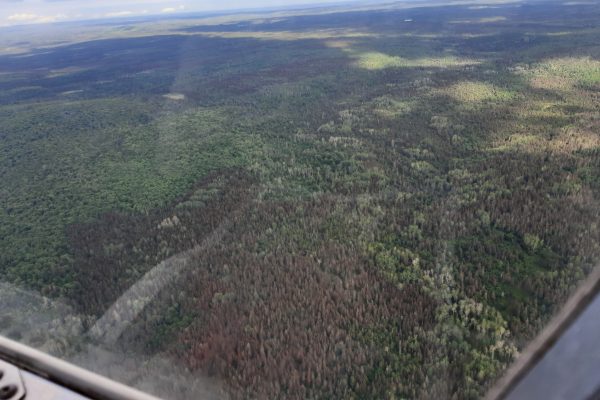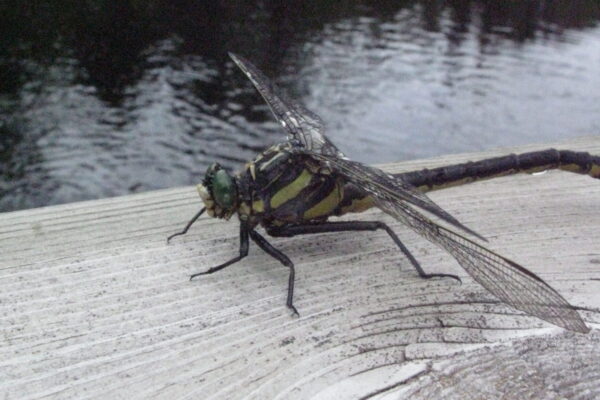Lake Superior Project
Lake Superior holds 10 percent of the world’s fresh water. It is an undeniably huge resource. The lake means different things to different people, whether it’s a source of inspiration or income, or a favorite place to recreate or fish. In WTIP’s ongoing coverage, we’re taking a look at the culture and history of the Lake Superior region and investigating issues like the impacts of climate change, invasive species, development, and industry, as well as exploring how people are coming together to protect and preserve the lake.
This project is funded in part by funding from the Minnesota Arts and Cultural Heritage Fund. It was also funded in part by the Coastal Zone Management Act, by NOAA’s Office of Ocean and Coastal Resource Management in cooperation with Minnesota’s Lake Superior Coastal Program, and by the Minnesota Arts and Cultural Heritage Fund.
Lake Superior Project is supported in part by the Minnesota Arts and Cultural Heritage Fund.
View Archive











